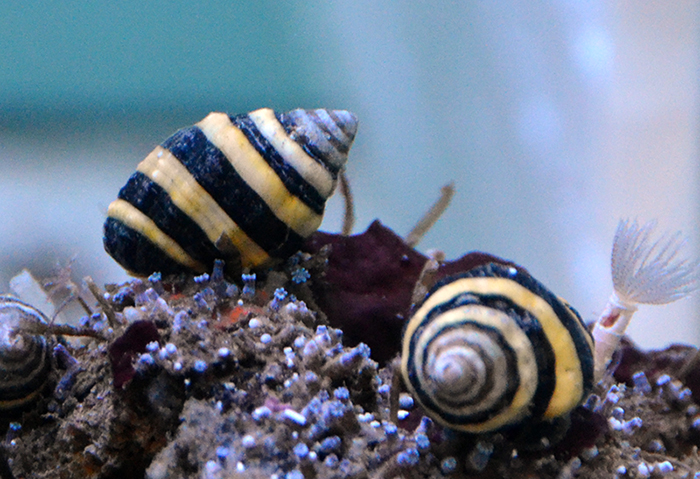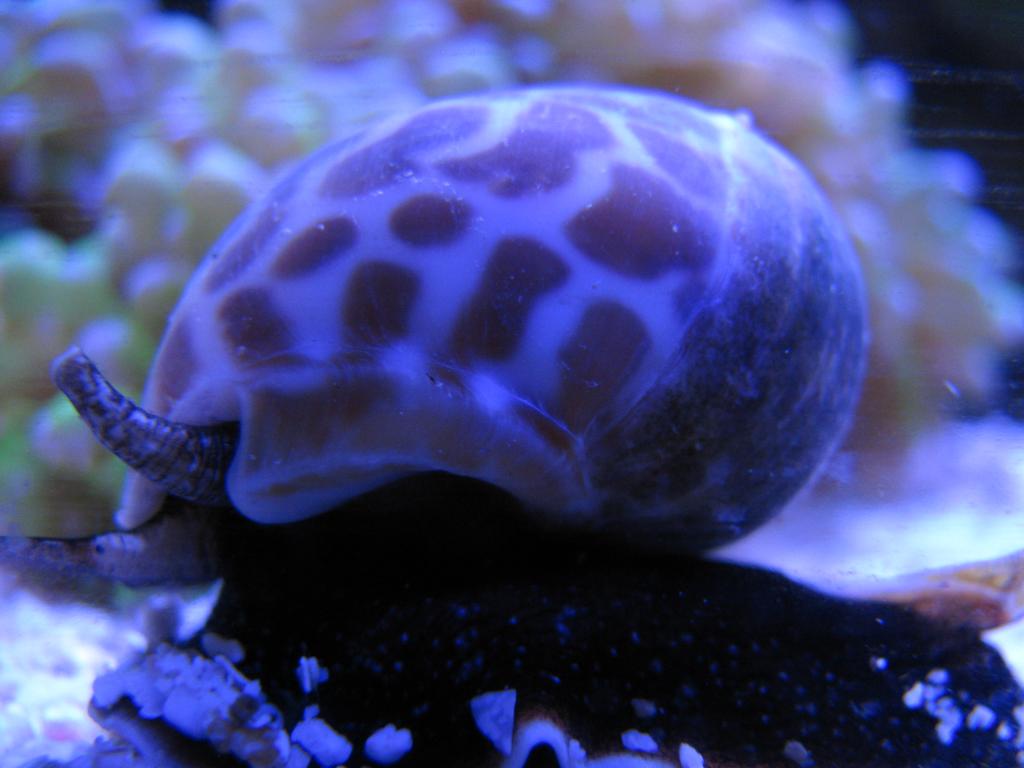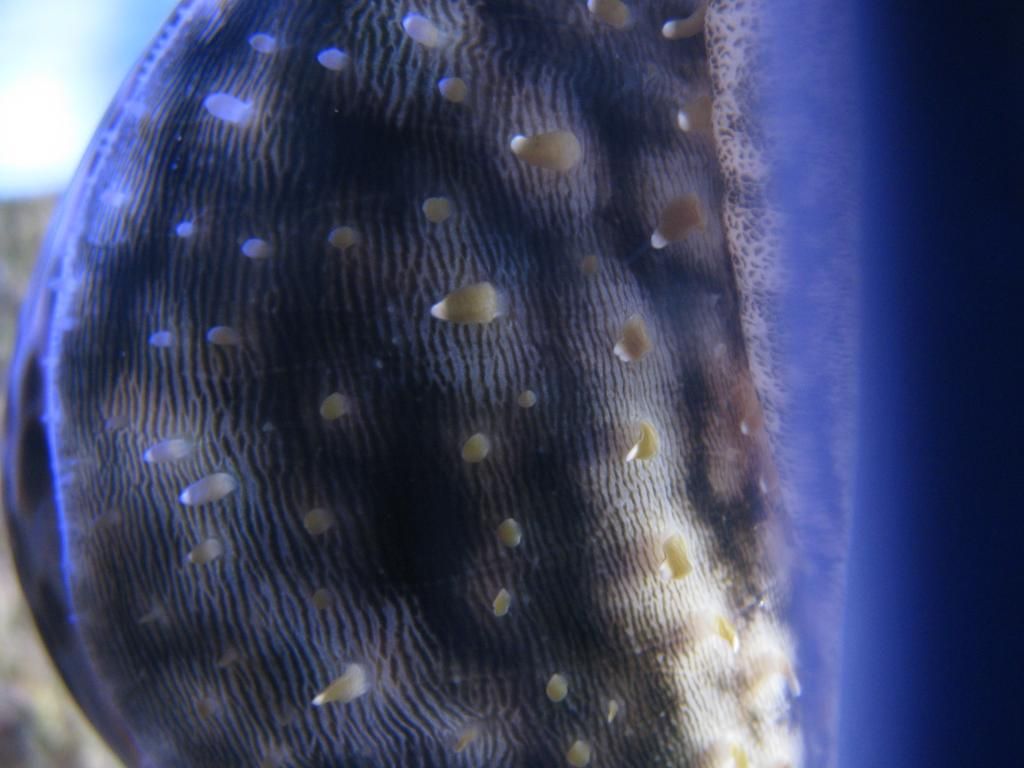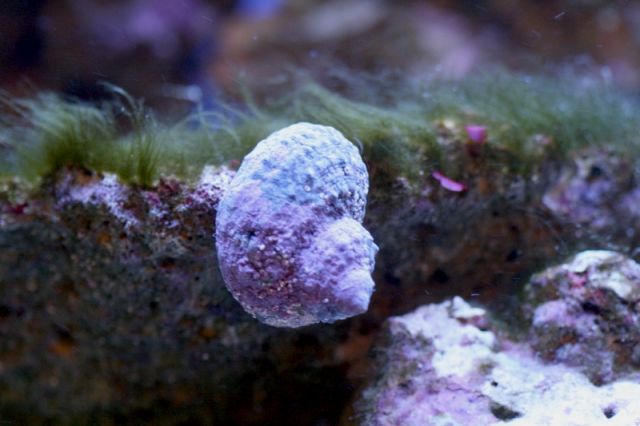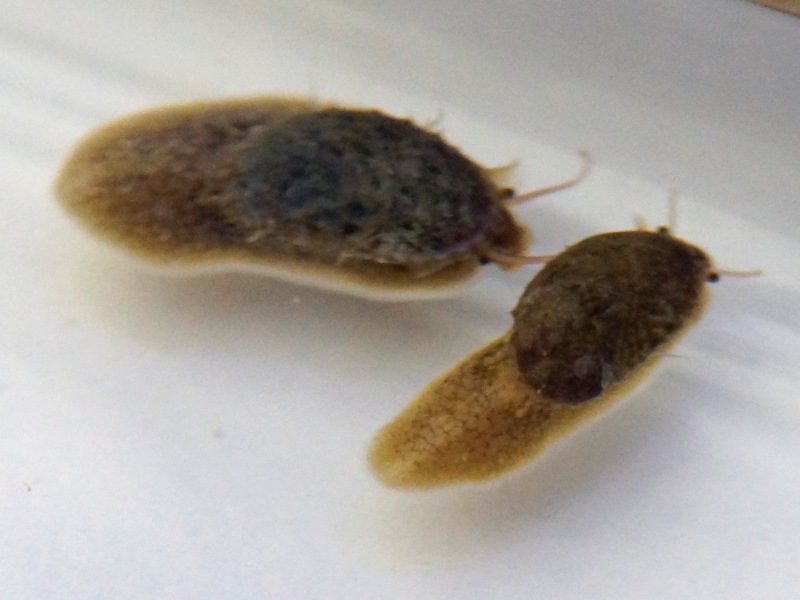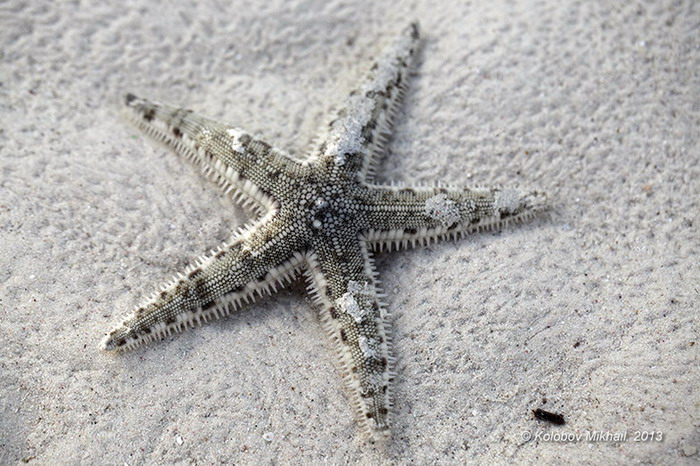Well today i've research my list of CUC i'm going to put in those tanks and why, what do they do and if compatible with not only each other but with my goals and the technology i've got . Plus if they fit with the enviroment, corals and macroalgae, for example, i've put 4 trochus snail in my little seeding fuge and they ate half my macro's , so ya , we learn don't we. So knowing what they eat and finding out who they don't like is kina important. I knew that but a refresher was good. Plus i came to learn a few things with this refresher course and came to some conclusions that i'll put into practice and test those assumptions of mine.
So anyway here's the population tanks list;
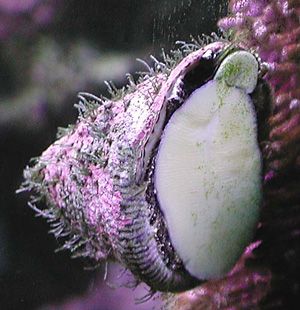
Species Name: Astraea tectum
Authority: (Lightfoot, 1786)
Common Name: American Star-Shell/Astraea Snail
Range: Western Atlantic Ocean: Florida, Caribbean
Natural Environment: Inhabits grass beds, mid-intertidal zones and rocks on upper reef areas
General Husbandry: Has a temperature range of 72 to 79°F (26.11°C) (22 - 26°C). Smaller than the turbo/turban species, and much more long lasting in aquaria. They are excellent algae grazers, especially brown diatom algae. Because of their small size, about 1 inch (2.5 cm), they are less apt to knock things over. Yet, more is needed, with one per three gallons my recommendation. Much more hardy then the turban species. Similar in appearance to other Astraea species.
Potential Controller Of:
Diatoms Stringy Growth
Diatom Coating
Derbesia marina
Derbesia species 2
Derbesia species 1
Padina pavonica
Padina australis
Padina species
Lobophora variegata (Brown Wafer Algae)
Ostreobium species
Blood shrimp,
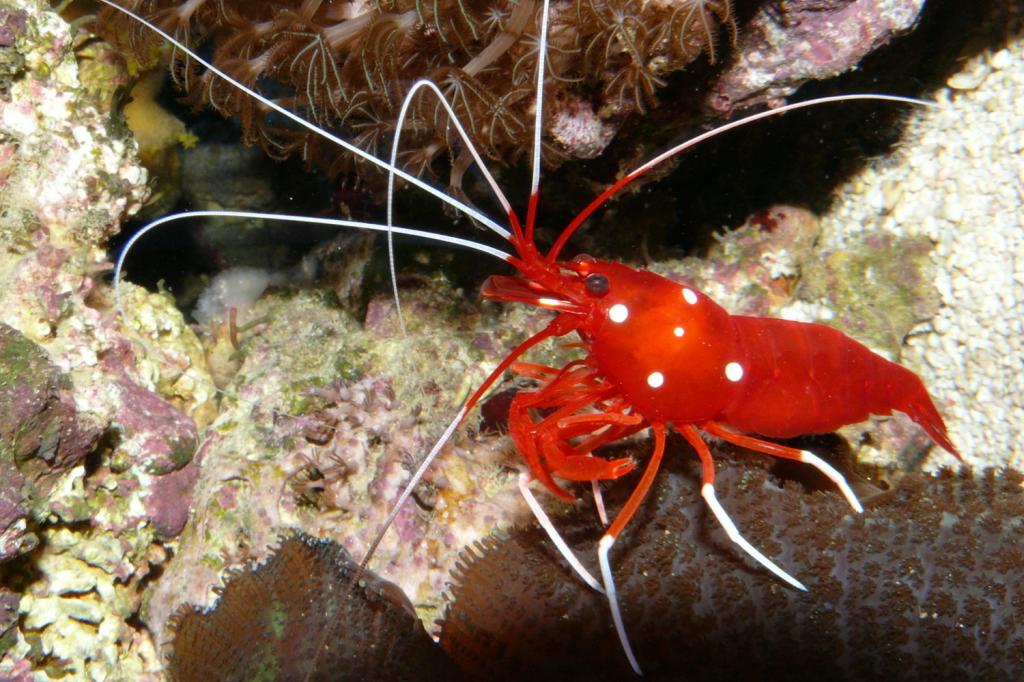
very shy carnivore
sexy shrimp
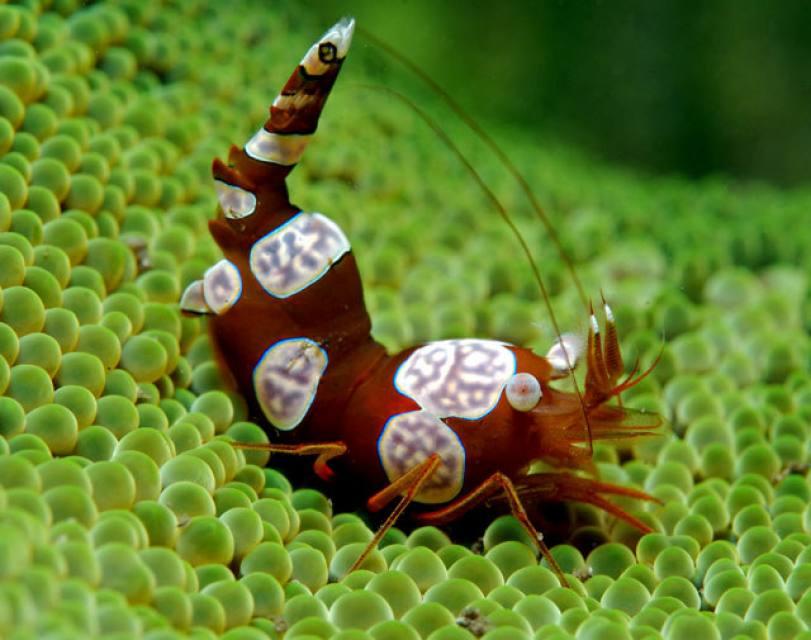
Carnivore
Electric Orange Hermit Crab (The secret to recongnising them its the blue eyes, contrasting the orange legs.)

Omnivore
Potential Controller Of:
Chaetomorpha crassa
Chaetomorpha aerea
Polysiphonia elongata
Enteromorpha prolifera
Enteromorpha linza
Enteromorpha intestinalis
Enteromorpha compressa
Brittle Sea Star, Fancy (Ophiure protoreaster)
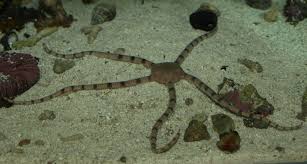
Detritus
Cerith/Tower Snails
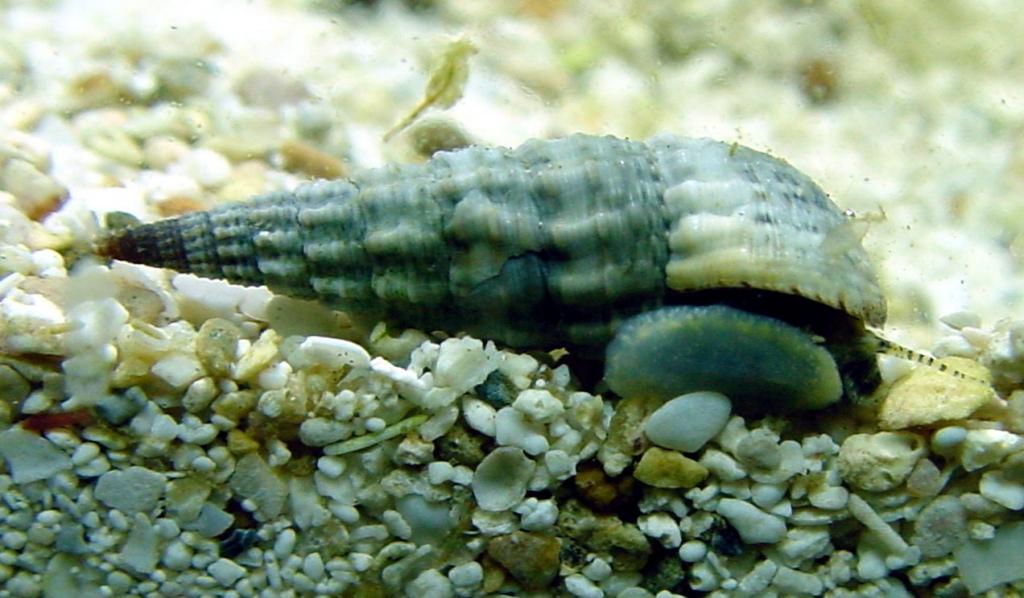
(algae; Diatoms Stringy Growth
Diatom Coating)
Fuzzy Chiton
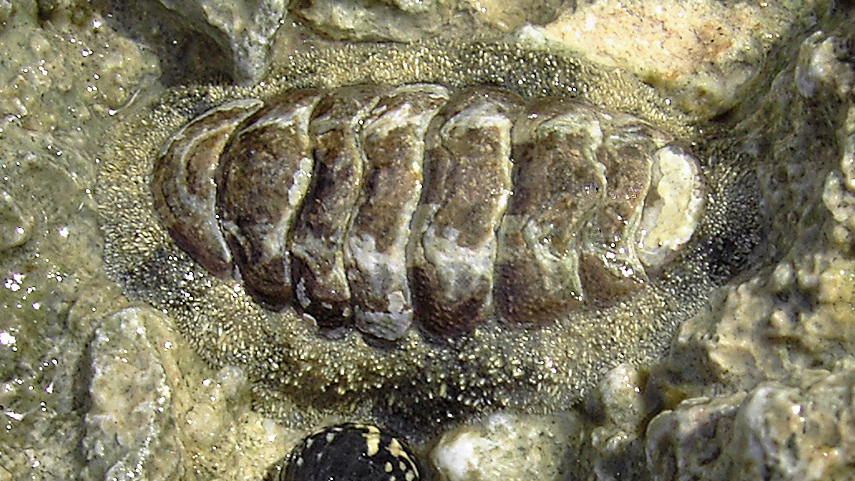
herbivore
cleaner shrimp (carnivore)
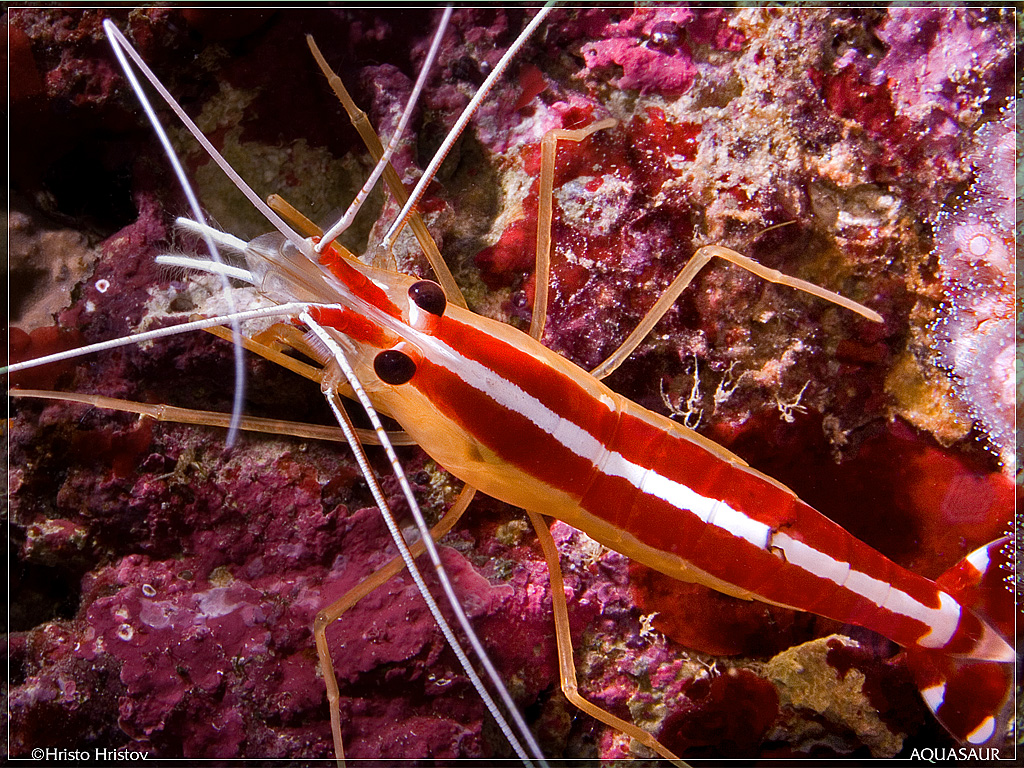
Super Tongan Nassarius Snail
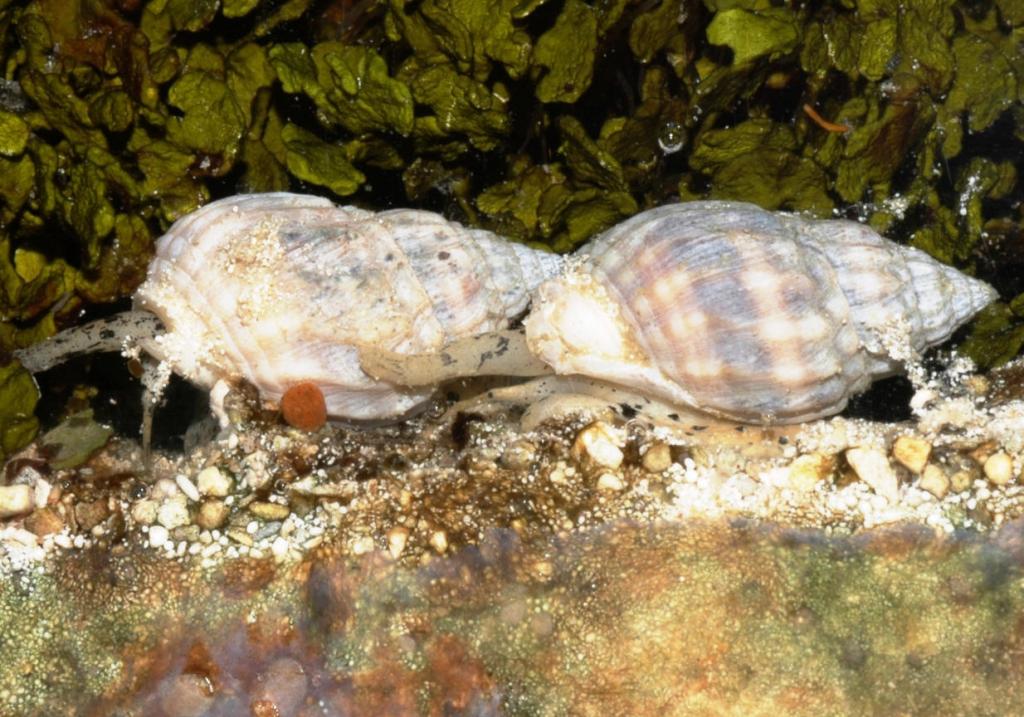
(detritus)
Neopetrolisthes ohshimai anemone crab.
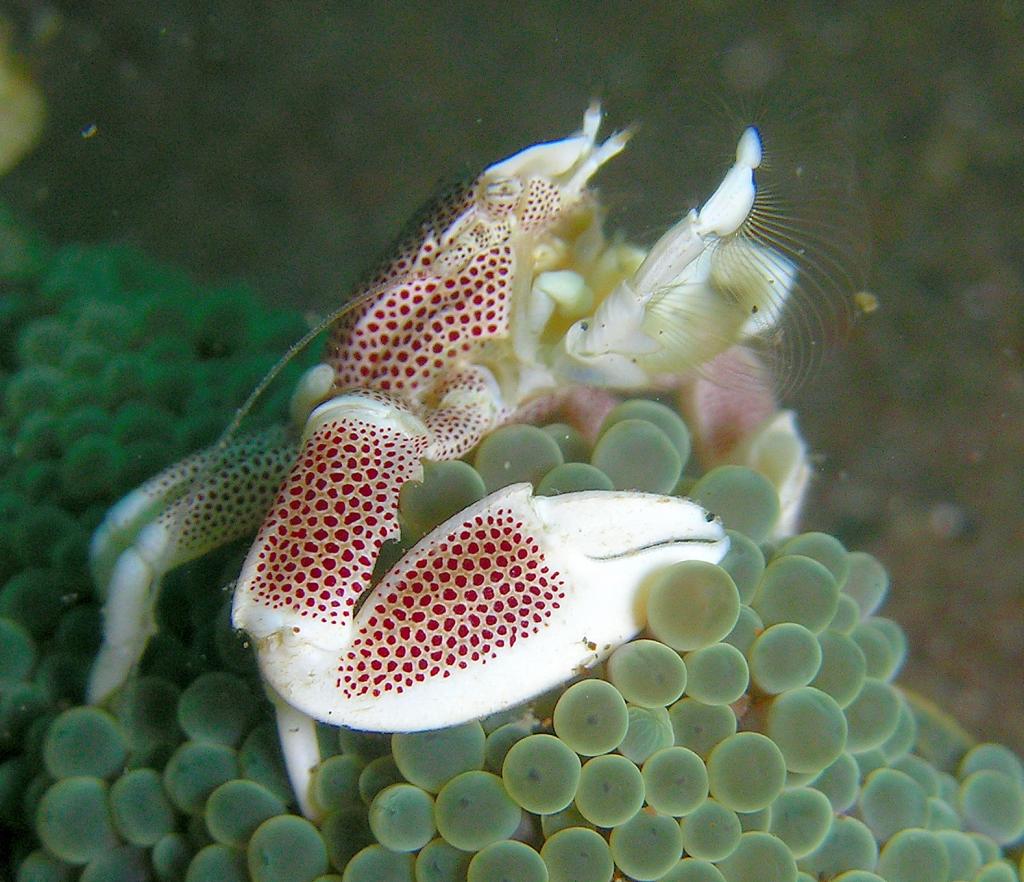
Filter feeder
Brittle Sea Star, Fancy
(Ophiure protoreaster)(detritus, omnivore)
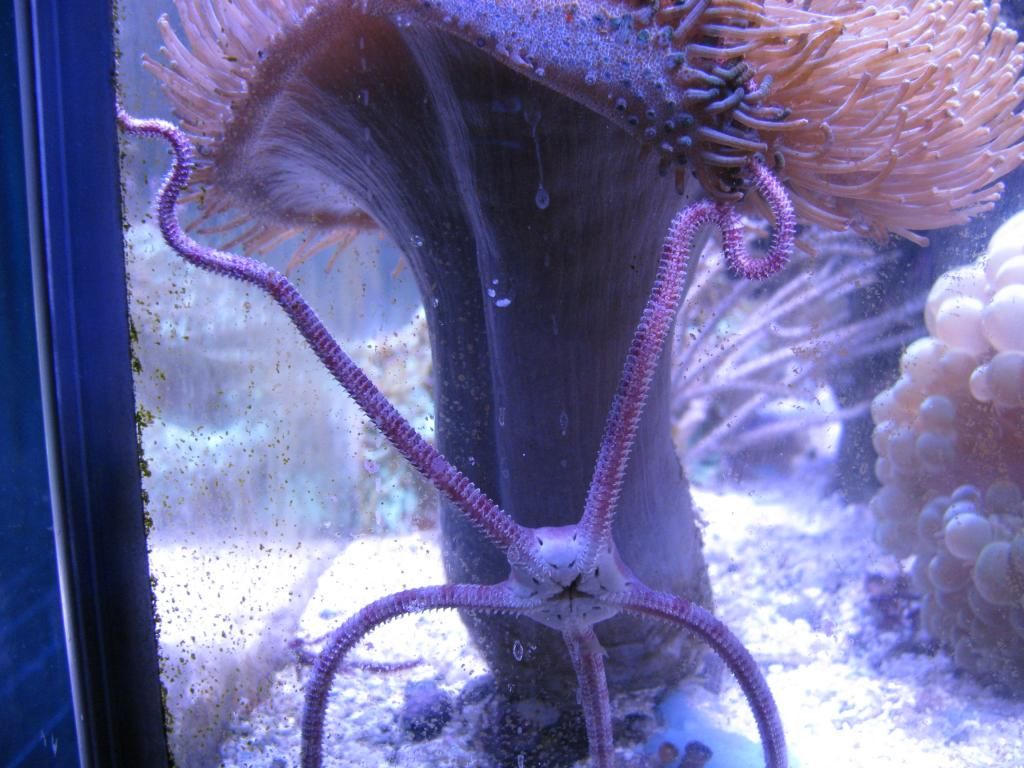
Fighting Conch; 1 for every 50 Gallons otherwise they starve, best sand churner, longest life spand , eats the most variety of algae of any snails.(stays on sand, doesn't climb glass)
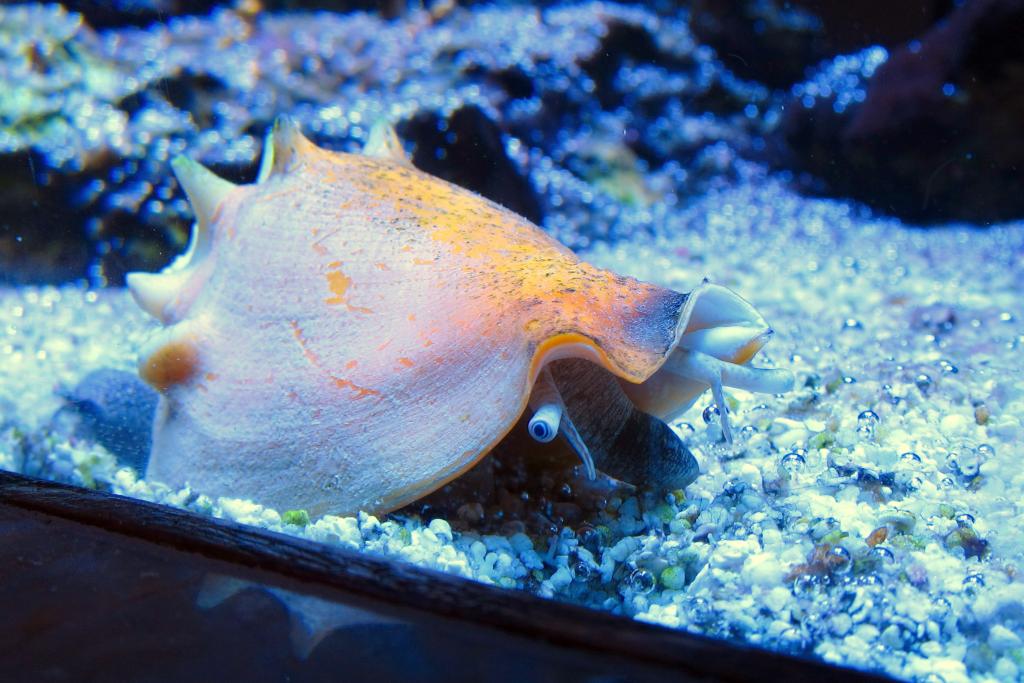
(algae ; Potential Controller Of:
Derbesia marina
Derbesia species 2
Derbesia species 1
Oscillatoria sp. 2
Oscillatoria sp. 1
Cladophoropsis species 2
Cladophoropsis species 1
Acetabularia crennulata (Mermaids Cup/Mermaid Wine Glass Alga)
Diatoms Stringy Growth
Diatom Coating
Chlorodesmis species (Turtle Weed)
Banded Trochus Snail ;Trochus niloticus
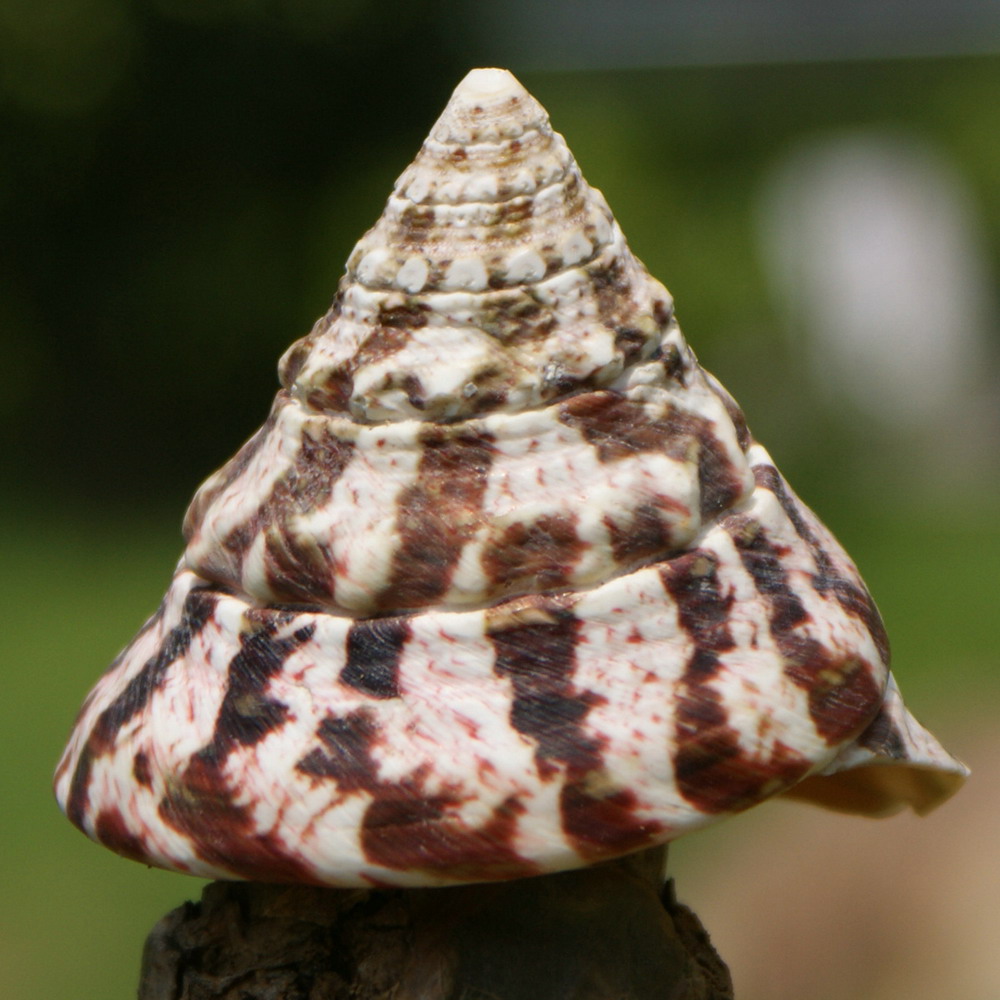
Potential Controller Of:
Derbesia marina
Derbesia species 2
Derbesia species 1
Ostreobium species
Cladophoropsis species 2
Cladophoropsis species 1
Bryopsis species
Bryopsis plumosa
Acetabularia crennulata (Mermaids Cup/Mermaid Wine Glass Alga)
Diatoms Stringy Growth
Diatom Coating
Long-spined Urchin (Algae) Best left for big tanks 100 Gallons + eats enormous amount of algae will destroy small tank scape looking for food because it'll stave, need dried seaweeds best left for huge tanks. I know so i have 3. Biggest algae eater bar none of any inverts.
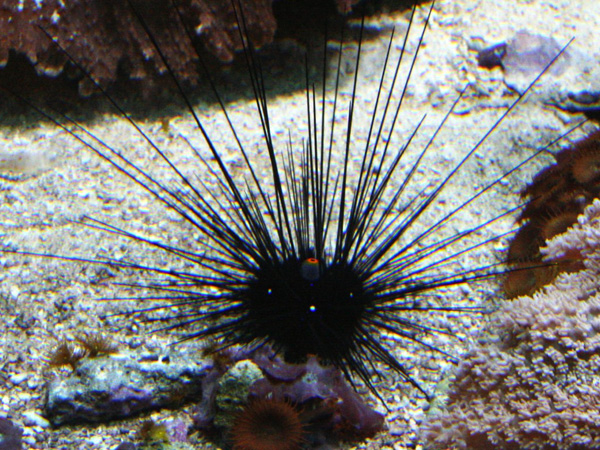
Potential Controller Of:
Ulva rigida (Sea Lettuce)
Ulva lactuca
Bryopsis species
Bryopsis plumosa
Cladophora rupestris
Cladophora prolifera
Cladophora laetevirens
Dictyosphaeria cavernosa (Green Bubble Weed)
Valonia macrophysa
Valonia utricularis 2
Valonia utricularis 1
Boodlea species
Ostreobium species
Valoniopsis pachynema
Acetabularia crennulata (Mermaids Cup/Mermaid Wine Glass Alga)
Fucus vesiculosus 2
Fucus vesiculosus 1
Fucus spiralis
Cladophoropsis species 2
Cladophoropsis species 1
Ventricaria ventricosa
Chaetomorpha crassa
Chaetomorpha aerea
Sargassum vulgare
Sargassum sinicola
Sargassum natans
Sargassum johnstoni
Sargassum hystrix
Sargassum fluitans
Lobophora variegata 1
Laminaria species
Enteromorpha prolifera
Enteromorpha linza
Enteromorpha intestinalis
Enteromorpha compressa
Hypnea musciformis
Hypnea cervicornis
Wrangelia argus
Dictyota linearis
Dictyota dichotoma (Brown Fan Weed or Divided Net Weed)
Dictyota bartayresii
Polysiphonia elongata
Chlorodesmis species (Turtle Weed)
Centroceras clavulatum
Derbesia marina (hair algae)
Derbesia species 2
Derbesia species 1
Mespilia globulus (Blue Tuxedo Urchin) Best after the long spine, one for every 50 gallons otherwise will starve.(Tip; always leave a panel unclean for it to eat)
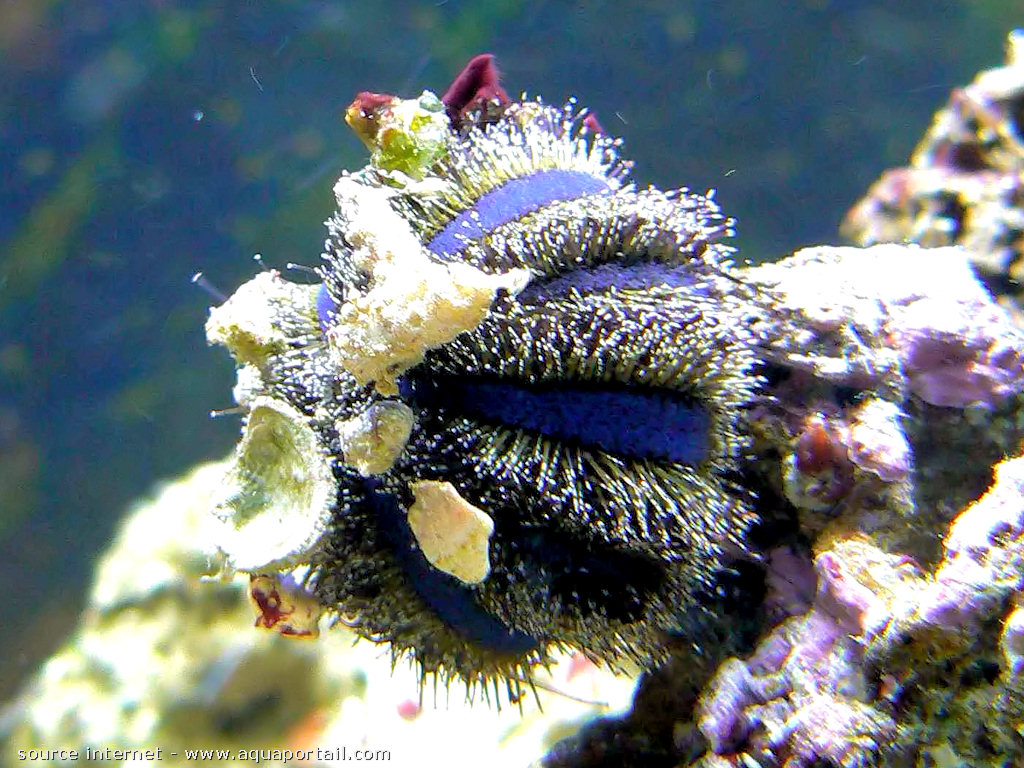
Potential Controller Of:
Derbesia marina
Derbesia species 2
Derbesia species 1
Boodlea species
Ostreobium species
Cladophoropsis species 2
Cladophoropsis species 1
Chaetomorpha crassa
Chaetomorpha aerea
Cladophora rupestris
Cladophora prolifera
Cladophora laetevirens
Chlorodesmis species (Turtle Weed)
Acetabularia crennulata (Mermaids Cup/Mermaid Wine Glass Alga)
Valoniopsis pachynema
Bryopsis species
Bryopsis plumosa
Enteromorpha prolifera
Enteromorpha linza
Enteromorpha intestinalis
Enteromorpha compressa
Ulva rigida (Sea Lettuce)
Ulva lactuca
Elysia diomedea (Mexican Lettuce Slug) Very fragile too fragile prey to many fishes, good luck. Never put with wrasses...
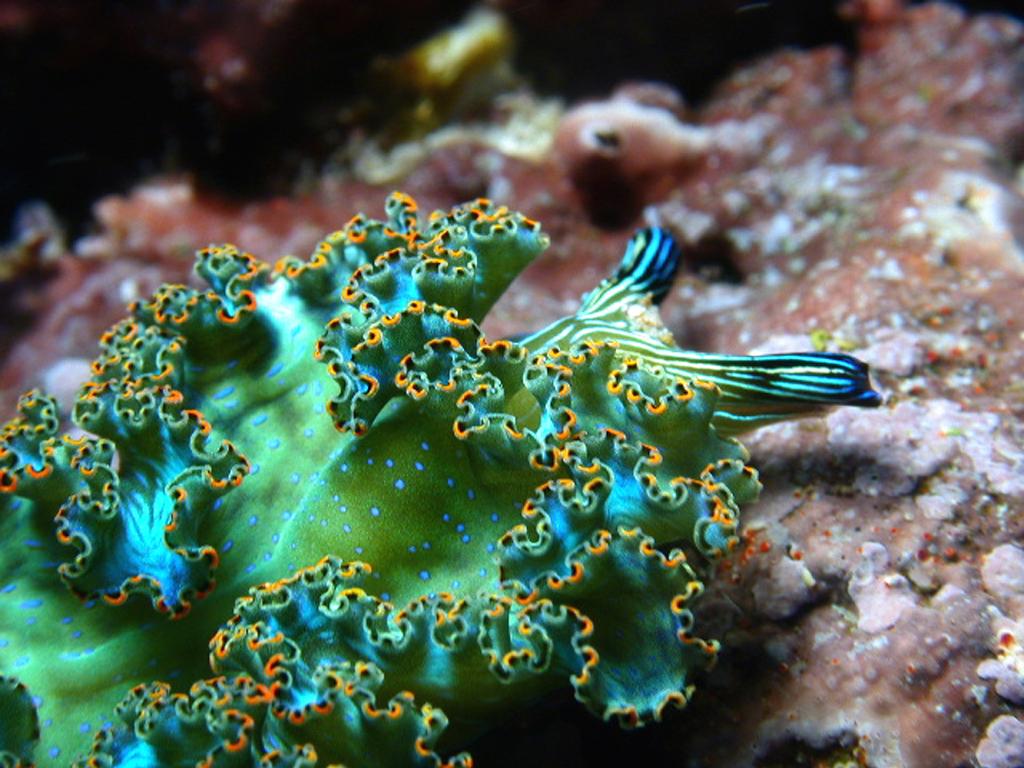
Potential Controller Of:
Bryopsis species
Bryopsis plumosa
Chaetomorpha crassa
Chaetomorpha aerea
Enteromorpha prolifera
Enteromorpha linza
Enteromorpha intestinalis
Enteromorpha compressa
Derbesia marina
Derbesia species 2
Derbesia species 1
Cladophora rupestris
Cladophora prolifera
Cladophora laetevirens
Cerith/Tower Snails
 [/IMG]
[/IMG]
(algae; Diatoms Stringy Growth
Diatom Coating)
Emerald crab Mithrax sculptus
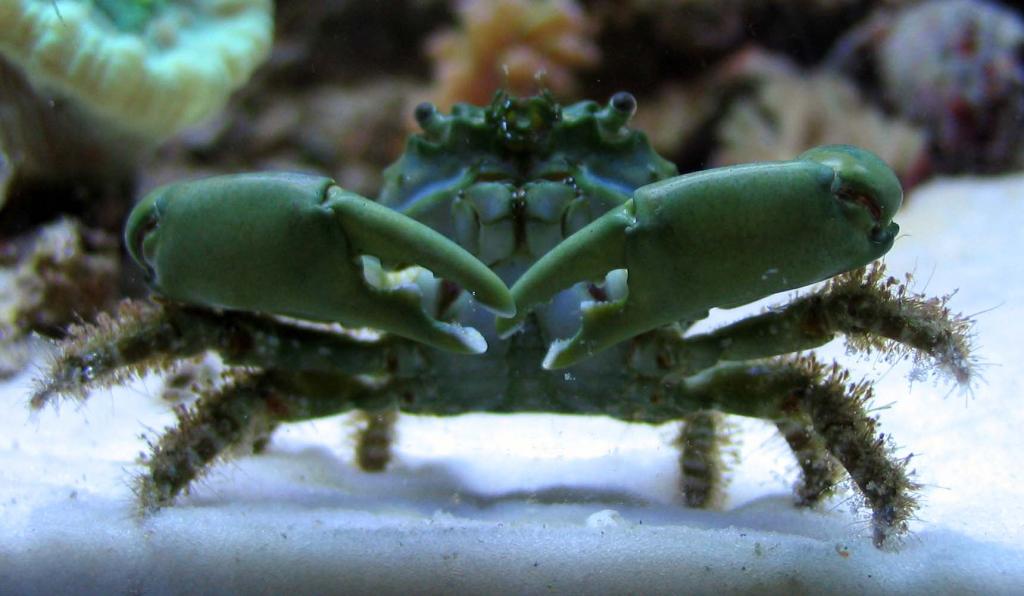
Potential Controller Of:
Dictyota linearis
Dictyota dichotoma
Dictyota bartayresii
Dictyosphaeria cavernosa (Green Bubble Weed)
Ventricaria ventricosa
Cladophora rupestris
Cladophora prolifera
Cladophora laetevirens
Valoniopsis pachynema
Bryopsis species
Bryopsis plumosa
Valonia macrophysa
Valonia utricularis 2
Valonia utricularis 1
Porcelain Crab (Petrolisthes galathinus)
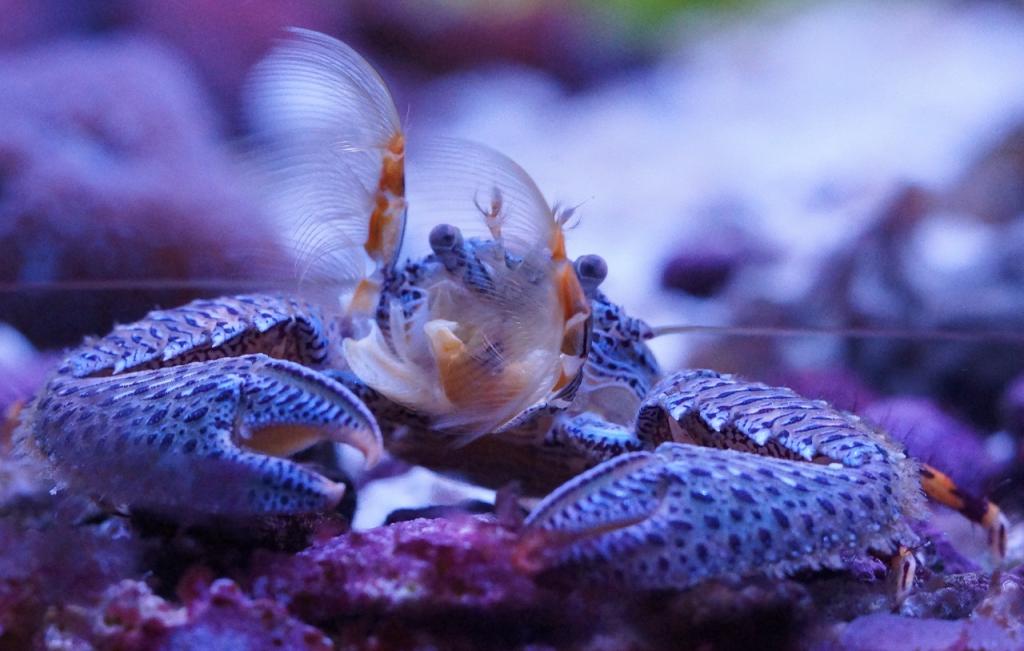
Filter feeder
Sea Cucumber, Tiger Tail Halathuria hilla
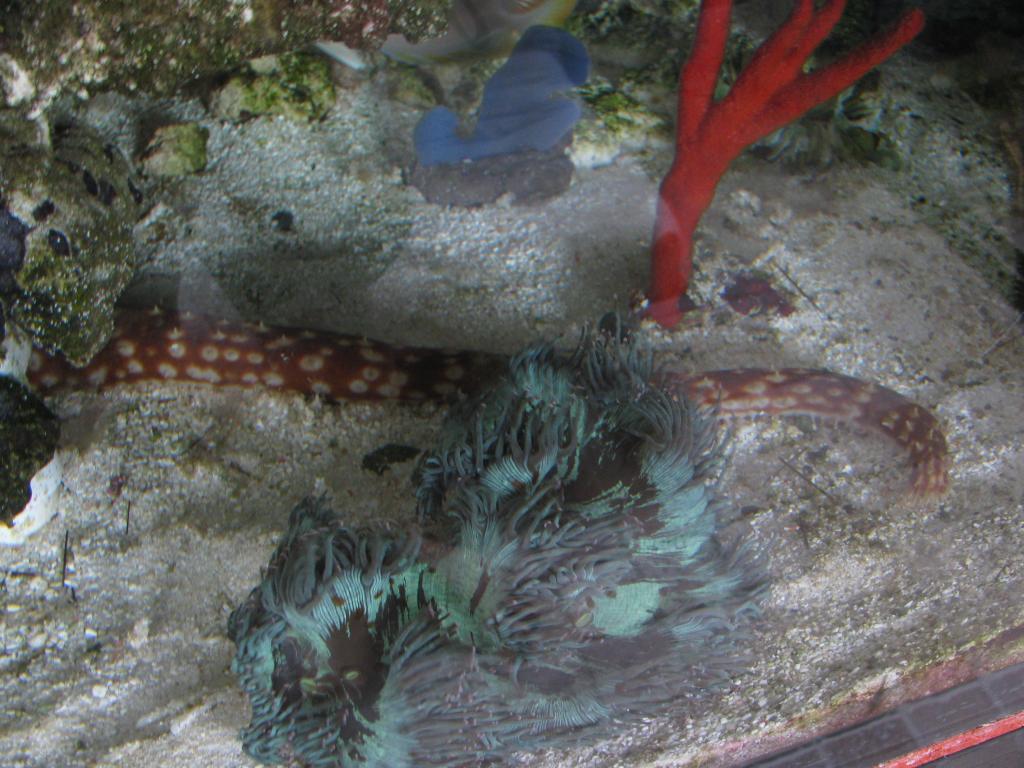
Detritus eater and spit clean sand.
Red starfish (Fromia milleporella)
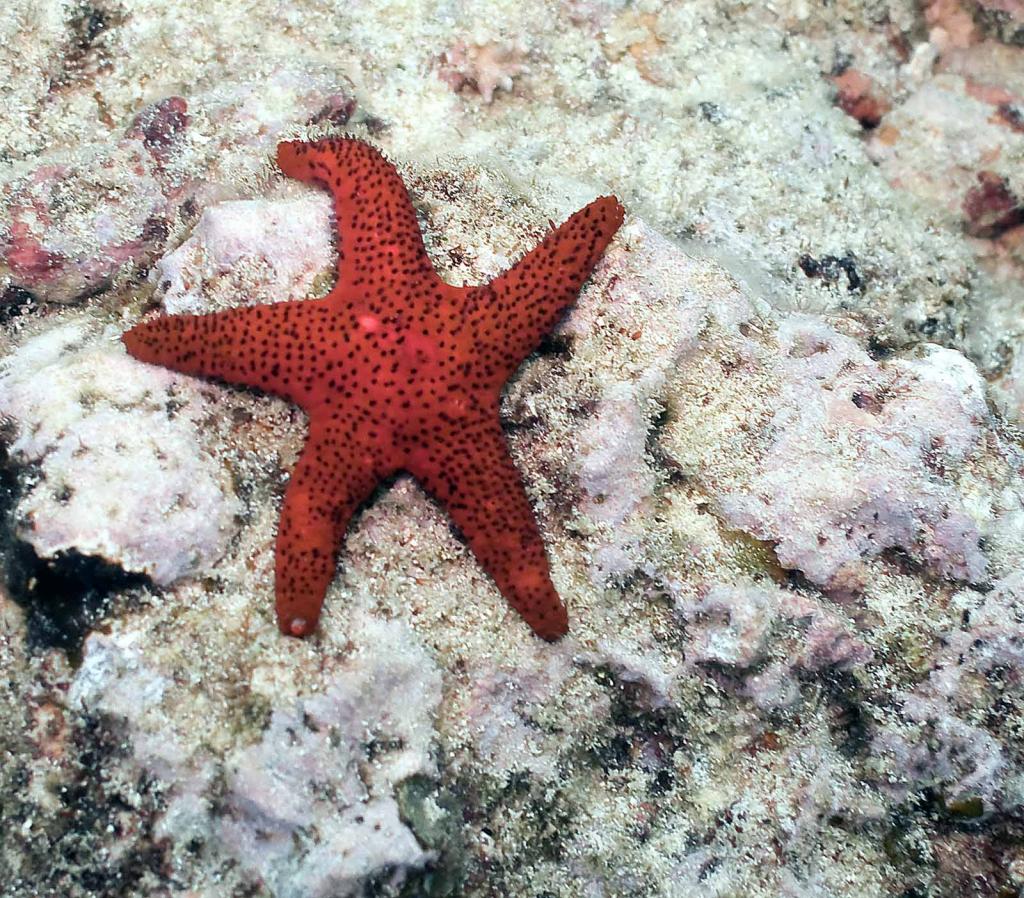
micro-organisms and detritus, It feeds on a thin layers of algae,
Detritus, micro organism
I write big for my iphone friends
So anyway here's the population tanks list;

Species Name: Astraea tectum
Authority: (Lightfoot, 1786)
Common Name: American Star-Shell/Astraea Snail
Range: Western Atlantic Ocean: Florida, Caribbean
Natural Environment: Inhabits grass beds, mid-intertidal zones and rocks on upper reef areas
General Husbandry: Has a temperature range of 72 to 79°F (26.11°C) (22 - 26°C). Smaller than the turbo/turban species, and much more long lasting in aquaria. They are excellent algae grazers, especially brown diatom algae. Because of their small size, about 1 inch (2.5 cm), they are less apt to knock things over. Yet, more is needed, with one per three gallons my recommendation. Much more hardy then the turban species. Similar in appearance to other Astraea species.
Potential Controller Of:
Diatoms Stringy Growth
Diatom Coating
Derbesia marina
Derbesia species 2
Derbesia species 1
Padina pavonica
Padina australis
Padina species
Lobophora variegata (Brown Wafer Algae)
Ostreobium species
Blood shrimp,

very shy carnivore
sexy shrimp

Carnivore
Electric Orange Hermit Crab (The secret to recongnising them its the blue eyes, contrasting the orange legs.)

Omnivore
Potential Controller Of:
Chaetomorpha crassa
Chaetomorpha aerea
Polysiphonia elongata
Enteromorpha prolifera
Enteromorpha linza
Enteromorpha intestinalis
Enteromorpha compressa
Brittle Sea Star, Fancy (Ophiure protoreaster)

Detritus
Cerith/Tower Snails

(algae; Diatoms Stringy Growth
Diatom Coating)
Fuzzy Chiton

herbivore
cleaner shrimp (carnivore)

Super Tongan Nassarius Snail

(detritus)
Neopetrolisthes ohshimai anemone crab.

Filter feeder
Brittle Sea Star, Fancy
(Ophiure protoreaster)(detritus, omnivore)

Fighting Conch; 1 for every 50 Gallons otherwise they starve, best sand churner, longest life spand , eats the most variety of algae of any snails.(stays on sand, doesn't climb glass)

(algae ; Potential Controller Of:
Derbesia marina
Derbesia species 2
Derbesia species 1
Oscillatoria sp. 2
Oscillatoria sp. 1
Cladophoropsis species 2
Cladophoropsis species 1
Acetabularia crennulata (Mermaids Cup/Mermaid Wine Glass Alga)
Diatoms Stringy Growth
Diatom Coating
Chlorodesmis species (Turtle Weed)
Banded Trochus Snail ;Trochus niloticus

Potential Controller Of:
Derbesia marina
Derbesia species 2
Derbesia species 1
Ostreobium species
Cladophoropsis species 2
Cladophoropsis species 1
Bryopsis species
Bryopsis plumosa
Acetabularia crennulata (Mermaids Cup/Mermaid Wine Glass Alga)
Diatoms Stringy Growth
Diatom Coating
Long-spined Urchin (Algae) Best left for big tanks 100 Gallons + eats enormous amount of algae will destroy small tank scape looking for food because it'll stave, need dried seaweeds best left for huge tanks. I know so i have 3. Biggest algae eater bar none of any inverts.

Potential Controller Of:
Ulva rigida (Sea Lettuce)
Ulva lactuca
Bryopsis species
Bryopsis plumosa
Cladophora rupestris
Cladophora prolifera
Cladophora laetevirens
Dictyosphaeria cavernosa (Green Bubble Weed)
Valonia macrophysa
Valonia utricularis 2
Valonia utricularis 1
Boodlea species
Ostreobium species
Valoniopsis pachynema
Acetabularia crennulata (Mermaids Cup/Mermaid Wine Glass Alga)
Fucus vesiculosus 2
Fucus vesiculosus 1
Fucus spiralis
Cladophoropsis species 2
Cladophoropsis species 1
Ventricaria ventricosa
Chaetomorpha crassa
Chaetomorpha aerea
Sargassum vulgare
Sargassum sinicola
Sargassum natans
Sargassum johnstoni
Sargassum hystrix
Sargassum fluitans
Lobophora variegata 1
Laminaria species
Enteromorpha prolifera
Enteromorpha linza
Enteromorpha intestinalis
Enteromorpha compressa
Hypnea musciformis
Hypnea cervicornis
Wrangelia argus
Dictyota linearis
Dictyota dichotoma (Brown Fan Weed or Divided Net Weed)
Dictyota bartayresii
Polysiphonia elongata
Chlorodesmis species (Turtle Weed)
Centroceras clavulatum
Derbesia marina (hair algae)
Derbesia species 2
Derbesia species 1
Mespilia globulus (Blue Tuxedo Urchin) Best after the long spine, one for every 50 gallons otherwise will starve.(Tip; always leave a panel unclean for it to eat)

Potential Controller Of:
Derbesia marina
Derbesia species 2
Derbesia species 1
Boodlea species
Ostreobium species
Cladophoropsis species 2
Cladophoropsis species 1
Chaetomorpha crassa
Chaetomorpha aerea
Cladophora rupestris
Cladophora prolifera
Cladophora laetevirens
Chlorodesmis species (Turtle Weed)
Acetabularia crennulata (Mermaids Cup/Mermaid Wine Glass Alga)
Valoniopsis pachynema
Bryopsis species
Bryopsis plumosa
Enteromorpha prolifera
Enteromorpha linza
Enteromorpha intestinalis
Enteromorpha compressa
Ulva rigida (Sea Lettuce)
Ulva lactuca
Elysia diomedea (Mexican Lettuce Slug) Very fragile too fragile prey to many fishes, good luck. Never put with wrasses...

Potential Controller Of:
Bryopsis species
Bryopsis plumosa
Chaetomorpha crassa
Chaetomorpha aerea
Enteromorpha prolifera
Enteromorpha linza
Enteromorpha intestinalis
Enteromorpha compressa
Derbesia marina
Derbesia species 2
Derbesia species 1
Cladophora rupestris
Cladophora prolifera
Cladophora laetevirens
Cerith/Tower Snails

(algae; Diatoms Stringy Growth
Diatom Coating)
Emerald crab Mithrax sculptus

Potential Controller Of:
Dictyota linearis
Dictyota dichotoma
Dictyota bartayresii
Dictyosphaeria cavernosa (Green Bubble Weed)
Ventricaria ventricosa
Cladophora rupestris
Cladophora prolifera
Cladophora laetevirens
Valoniopsis pachynema
Bryopsis species
Bryopsis plumosa
Valonia macrophysa
Valonia utricularis 2
Valonia utricularis 1
Porcelain Crab (Petrolisthes galathinus)

Filter feeder
Sea Cucumber, Tiger Tail Halathuria hilla

Detritus eater and spit clean sand.
Red starfish (Fromia milleporella)

micro-organisms and detritus, It feeds on a thin layers of algae,
Detritus, micro organism
I write big for my iphone friends
Last edited:




